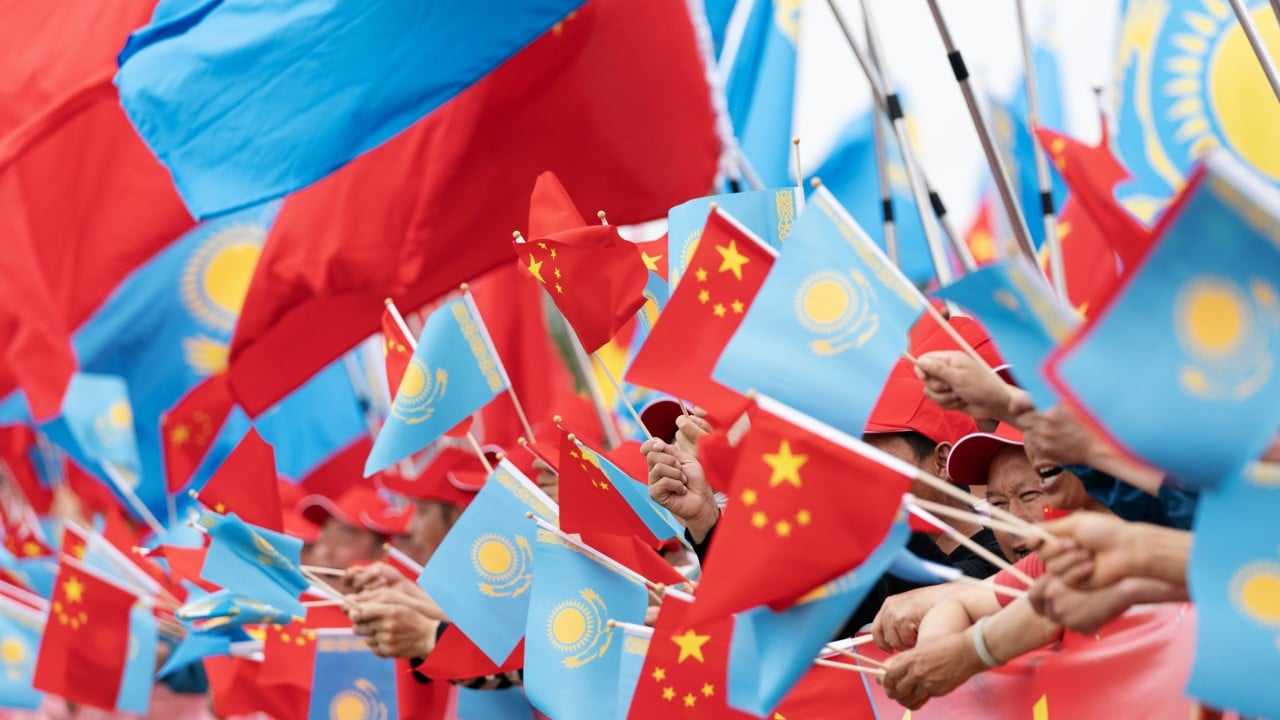While Kazakhstan is cooperating closely with China on the digitalisation of trade, a government official from the Central Asian country said this week that more infrastructure investment is needed – including along the Middle Corridor trade route – for it to realise its aim of becoming a bridge between Asia and Europe.
Advertisement
Exporters turned to the Middle Corridor – which connects China and Europe via Kazakhstan, Azerbaijan, Georgia and Turkey – as an alternative to the northern route of the China-Europe Railway Express, which passes through Russia, due to sanctions related to Moscow’s 2022 invasion of Ukraine.
“One of the bottlenecks is the difference in procedures like customs and logistics – all these things have been making obstacles on the way for goods going from China to Europe and on the way back,” Asset Nussupov, Kazakhstan’s vice-minister of trade and integration, said in an interview on Monday.
“The Middle Corridor is a good opportunity to realise our transit potential – we’re working closely on construction,” he said, citing work on a route from western Kazakhstan to Pakistani seaports via the Caspian Sea.
With a focus on speeding the movement of goods along railways by building infrastructure, Nussupov said Kazakhstan was seeking to position itself as a “transit hub” and expected trade volumes to increase by 30 per cent in the next five years.
Advertisement
Quoting from a recent World Bank report, Nussupov said that by 2030, trade volumes along the Middle Corridor – particularly the section crossing the Caspian Sea – were expected to be triple the level seen four years ago. The predicted increase translates to around 11 million tonnes a year, including roughly 4 million tonnes of containerised cargo.
Much of that growth was being driven by Kazakhstan, which is projected to contribute the largest share of increased volumes, primarily through exports, he added, saying it would be “impossible” to see such “very impressive numbers” without investment in infrastructure.

